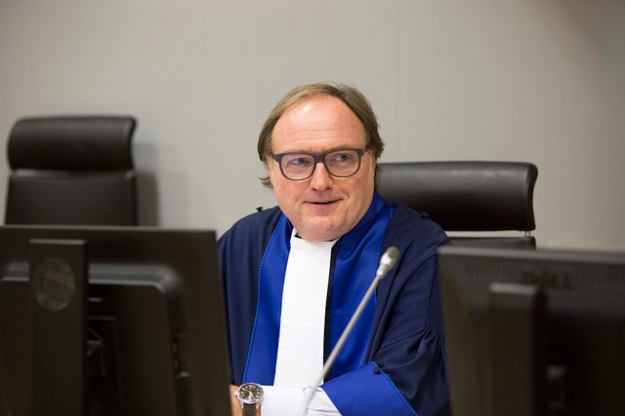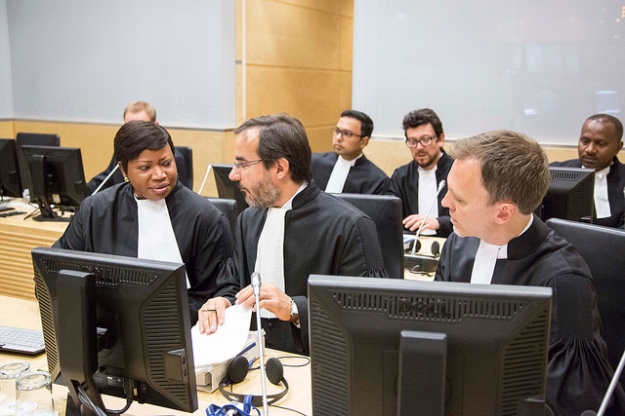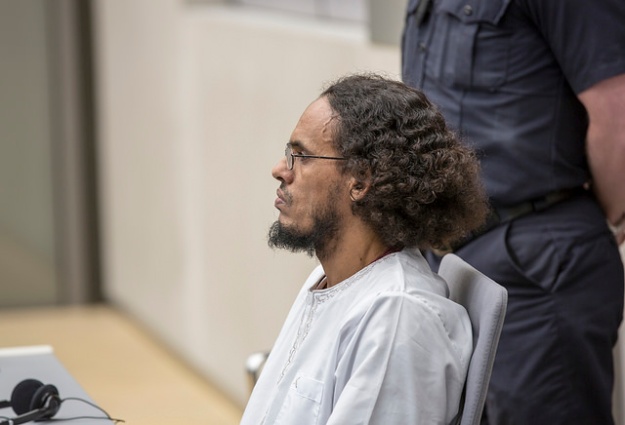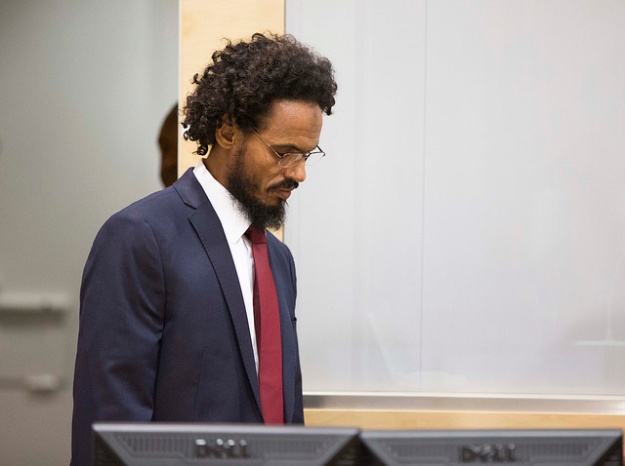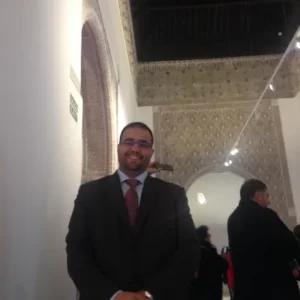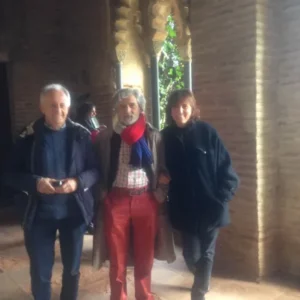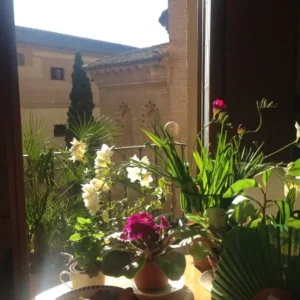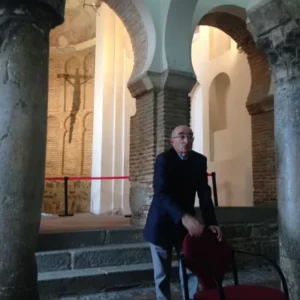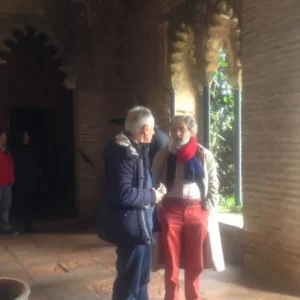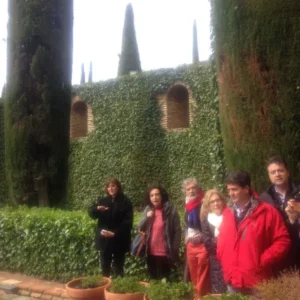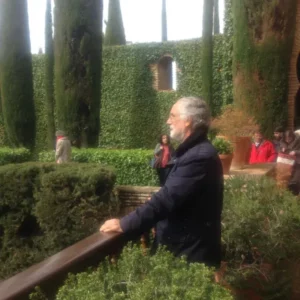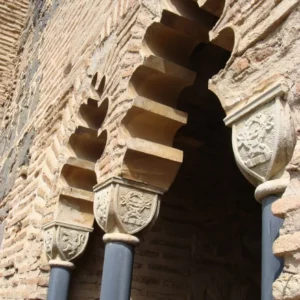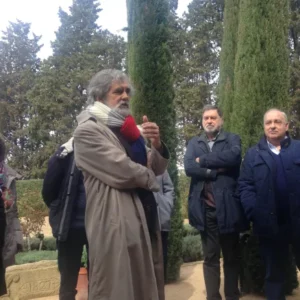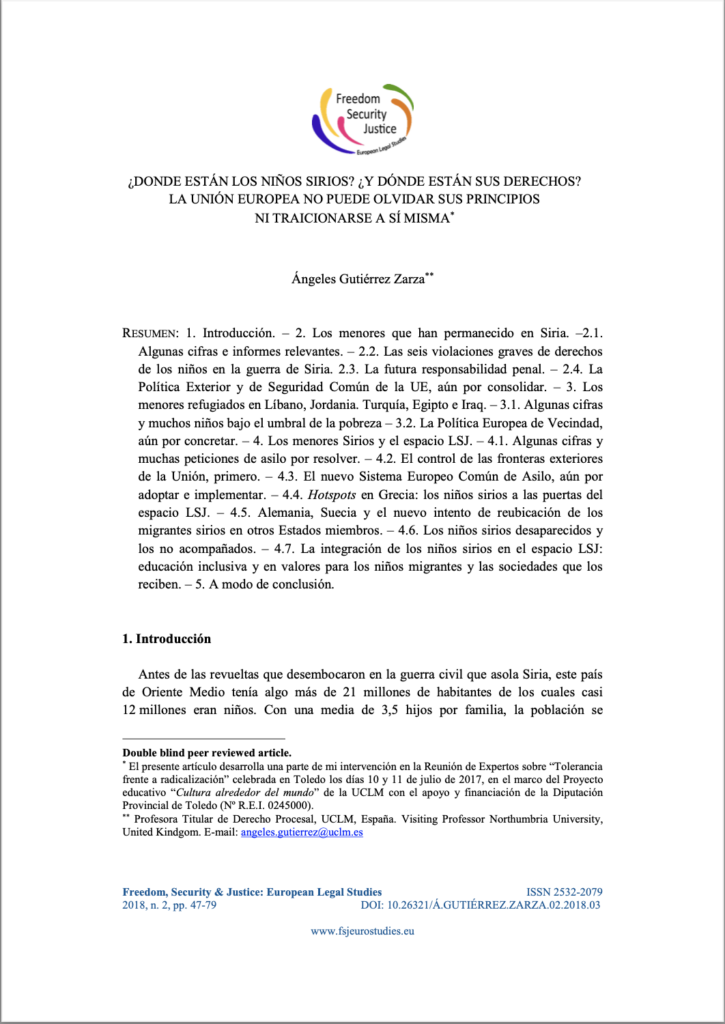
The construction of the Great Mosque of Aleppo started in 715 under the mandate of Umayyad Caliph Al-Walid and was finally concluded in 717 by his brother and successor Umayyad Caliph Suleyman. It was clearly inspired by the Umayyad Mosque at Damascus who was built some years beforehand. Both Great Mosques are similar in terms of plans and architectural forms. They were built on the basis of a Roman/Byzantine site, have an hypostyle plan with a large marbled courtyard surrounded by porticoes, and were decorated by similar schemes of mosaics. The remains of the Prophet Zakariyah are in Aleppo’ s Mosque and those of his son Yahiya (John the Baptist) in Damascus.
Although it has been altered and renovated in several occasions, the Great Mosque of Aleppo has remained for centuries as one of the architectural masterpieces of the Muslim world.
This Sacred Building is located in the Ancient City of Aleppo, the later being included in the World Heritage List and described by UNESCO as follows:
«Located at the crossroads of several trade routes since the 2nd millennium B.C., Aleppo was ruled successively by the Hittites, Assyrians, Akkadians, Greeks, Romans, Umayyads, Ayyubids, Mameluks and Ottomans who left their stamp on the city. The Citadel, the 12th-century Great Mosque and various 16th and 17th-centuries madrasas, residences, khans and public baths, all form part of the city’s cohesive, unique urban fabric.
The monumental Citadel of Aleppo, rising above the suqs, mosques and madrasas of the old walled city, is testament to Arab military might from the 12th to the 14th centuries. With evidence of past occupation by civilizations dating back to the 10th century B.C., the citadel contains the remains of mosques, palace and bath buildings. The walled city that grew up around the citadel bears evidence of the early Graeco-Roman street layout and contains remnants of 6th century Christian buildings, medieval walls and gates, mosques and madrasas relating to the Ayyubid and Mameluke development of the city, and later mosques and palaces of the Ottoman period. Outside the walls, the Bab al-Faraj quarter to the North-West, the Jdeide area to the north and other areas to the south and west, contemporary with these periods of occupation of the walled city contain important religious buildings and residences. Fundamental changes to parts of the city took place in the 30 years before inscription, including the destruction of buildings, and the development of tall new buildings and widened roads. Nonetheless the surviving ensemble of major buildings as well as the coherence of the urban character of the suqs and residential streets and lanes all contribute to the Outstanding Universal Value».
The armed conflicts of Siria have caused a tremendous damage to the Ancient City of Aleppo, the Great Mosque included. In 2013 UNESCO inscribed this Ancient City in the List of World Heritage Sites in Danger jointly with the Ancient City of Damascus, the Ancient City of Bosra, the Site of Palmyra, the Crac des Chevaliers and Qal’at Salah El-Din, and the Ancient Villages of Northern Syria. All these places remained in the List when revised in 2014, 2015 and 2016.
In 2016, the World Heritage Commission issued the following General Decision on the World Heritage Properties of the Syrian Arab Republic (40COM 7 A.22):
«The World Heritage Committee,
Having examined Document WHC/16/40.COM/7A.Add,
Recalling Decisions 37 COM 7B.57, 38 COM 7A.12 and 39 COM 7A.34 adopted at its 37th (Phnom Penh, 2013), 38th (Doha, 2014) and 39th (Bonn, 2015) sessions respectively,
Deplores the conflict situation prevailing in the country, the loss of human life and the degradation of humanitarian conditions;
Takes note of the report provided by the State Party regarding the state of conservation of the six Syrian World Heritage properties and the updated reports on the damage assessment of Palmyra, and on the fire in the Ancient City of Damascus and expresses its utmost concern at the damage occurred and the threats facing these properties and cultural heritage in general;
Urges all parties associated with the situation in Syria to refrain from any action that would cause further damage to cultural heritage of the country and to fulfil their obligations under international law by taking all possible measures to protect such heritage, including the halting of all damages that result from targeting World Heritage properties, sites included in the Tentative List and other cultural heritage sites, as well as the illegal re-use of archaeological material and inappropriate new construction;
Also urges the State Party to adopt measures against World Heritage properties being used for military purposes;
Further urges the State Party to safeguard damaged properties through minimal first aid interventions, to prevent theft, further collapse and natural degradation, and refrain from undertaking conservation and reconstruction work until the situation allows for the development of comprehensive conservation strategies and actions, in full consultation with the World Heritage Centre and the Advisory Bodies;
Launches an appeal to all Member States of UNESCO to cooperate in the fight against the illicit trafficking of cultural heritage coming from Syria as per the United Nations Security Council Resolution 2199 of February 2015;
Reiterates its suggestion to the State Party to consider ratifying the Second Protocol (1999) of the 1954 Hague Convention for the Protection of Cultural Heritage during times of Armed Conflict;
Commends the Directorate General of Antiquities and Museums (DGAM), and all heritage professionals and local communities in Syria who are working on monitoring and protecting cultural heritage, for their sustained efforts amidst extremely difficult conditions and addresses its most sincere condolences to the families of the heritage professionals who lost their life;
Requests the State Party to pursue the systematic documentation of all damage incurred by the World Heritage properties whenever conditions allow and to implement all possible risk mitigation measures, to inform the Desired state of conservation for the removal of the properties from the List of World Heritage in Danger (DSOCR) and the identification of corrective measures for all six properties, which should be informed by the proposed second meeting for the Emergency Safeguarding of Syria’s Cultural Heritage, and the proposed joint World Heritage Centre/ICOMOS/ICCROM Reactive Monitoring mission and be developed in consultation with the Advisory Bodies, as soon as the security situation allows;
Calls upon the international community to further support the safeguarding of Syrian cultural heritage through earmarked funds;
Also calls upon the international and national cultural heritage professionals to unite for the safeguarding of Syria’s cultural heritage, and pursue their ongoing initiatives in coordination with UNESCO;
Takes note of the State Party’s invitation of a joint World Heritage Centre/ICOMOS/ICCROM Reactive Monitoring mission to Syria to assess the state of conservation of the properties that would be accessible under the United Nations security rules, and elaborate, in consultation with the State Party, a prioritized action plan for their recovery;
Further requests the State Party to submit to the World Heritage Centre, by 1 February 2017, updated reports on the state of conservation of the properties and the implementation of the above, for examination by the World Heritage Committee at its 41st session in 2017«.
The Report mentioned in the last sentence on this General Decision (underlined) has been issued by the Syrian Ministry of Culture (Directorate General of Antiquities & Museums). On this Report, the situation of the Ancient City of Aleppo is described on pages 22 to 28 as follows:
«THREATS: Since the beginning of the crises, the extensive clashes of Aleppo’s ancient city has left part of the old city in ruins and caused massive destruction. A series of explosions strike Aleppo ancient city. The Armed groups have detonated bombs in tunnels under the old city. The Syrian army retaken Aleppo on December, 2016, as the group of armed fighters were evacuated.
MEASURES TAKEN: • The National Museum of Aleppo was attacked on July 2016, by a large number of missiles and explosive bombs, fired by armed extremist gangs, which led to a badly damaged in the construction structure of the museum, and it included the partial destruction of the concrete ceiling in different parts of the Museum, a big damages in infrastructure, exterior doors, the offices of employee & Museum curators, and destruction the room of the generators, parts of the Museum outer fence. • Before the liberation the DGAM in cooperation with (AL KHANY – Media Agency) and Engineering Office (ICONEM), undertook the works of 3D documentation by using of modern technologies in the Aleppo Citadel, and the team began processing of the data. • The Syrian president formed a committee to undertake the rehabilitation project to the Umayyad Mosque with the member of Director of Aleppo Antiquities. • The Prime Minister hold a meeting on January 4, 2017, he highlighting the need of forming committees and work teams to rehabilitate the old city of Aleppo. • The governor of Aleppo started raising awareness to the local community to preserve the old city and avoid any wrong intervention during the recovery phase. • The city council started immediately (under the supervision of the joint work of the DGAM of Aleppo and the old city team) to clear away some of the debris (which are not archaeological elements), they tried to keep streets open and maintain access to Umayyad Mosque and Aleppo Citadel by pushing rubble to the sides. • Historical buildings were left until they can be assessed as to how they can be reconstructed. Valuable stonework were safeguarded as much as possible for re-use. • The Aleppo antiquities was able to control the service urgent works within the old city. • Damage assessments emerged immediately when the Syrian government assumed full control of the city, more than half of Aleppo’s fiercely contested ancient center suffered varying degrees of damage. (A full report will be send soon)».
The Syrian Government has classified the damages caused to the Great Mosque as «moderate», and certainly that could be the situation compared to other Heritage Sites of this Arab Republic. However, some newspapers are publishing pictures of the Mosque in recent days showing the sad reality of a Sacred Building that looked splendorous for so many centuries.

